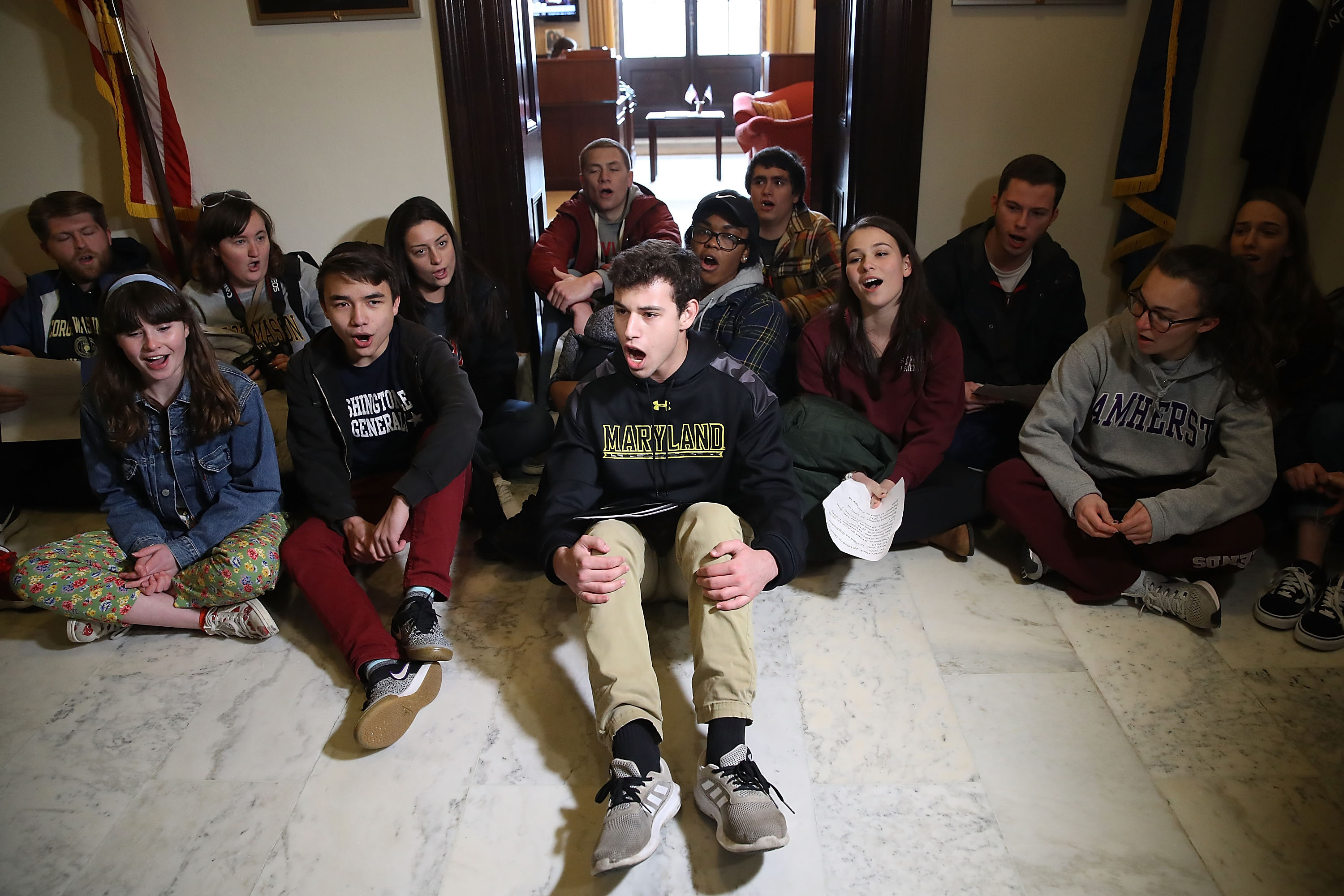Ken Foote, a geographer who studies the aftereffects of tragedy, talks with Ken Best after the school shooting in Parkland, Florida, for the UConn360 podcast.
“It’s important in the very first few days, weeks, months to set the tone for what comes next,” Foote says. “These days, people often think not just of permanent memorials on the ground, but of living memorials, efforts that will serve as education, that will motivate change.”
Author of the book, “Shadowed Ground: American Landscapes of Violence and Tragedy,” last year Foote discussed the aftermath of the shootings in Las Vegas during the country music concert at Mandalay Bay for a UConn Today piece.
To listen to the rest of the podcast, or subscribe to the series, go to UConn360-podcast.
Read more: Should the Vegas Mass Murder be Memorialized?



